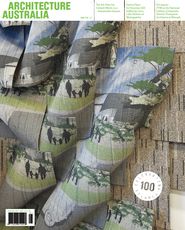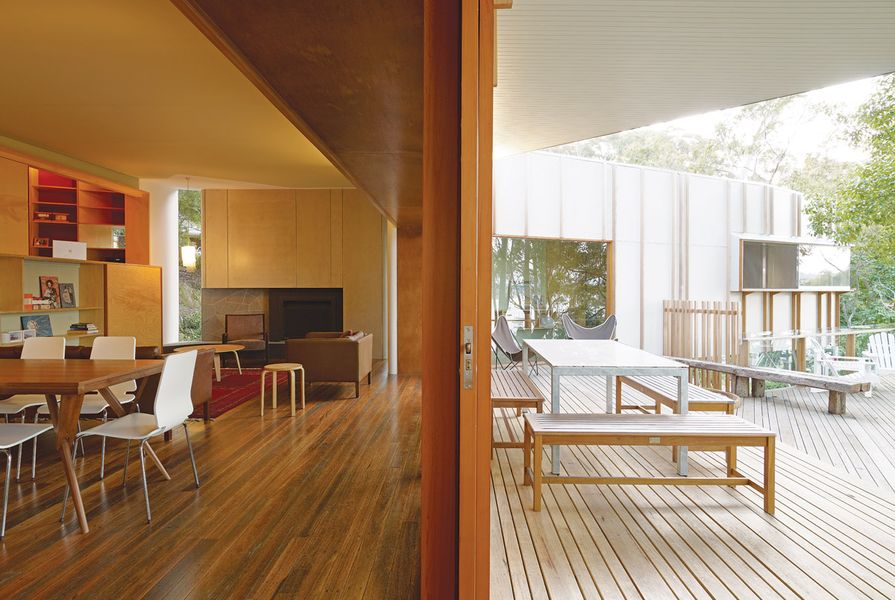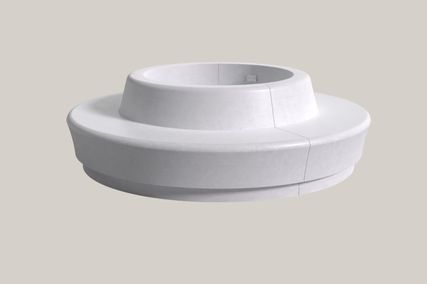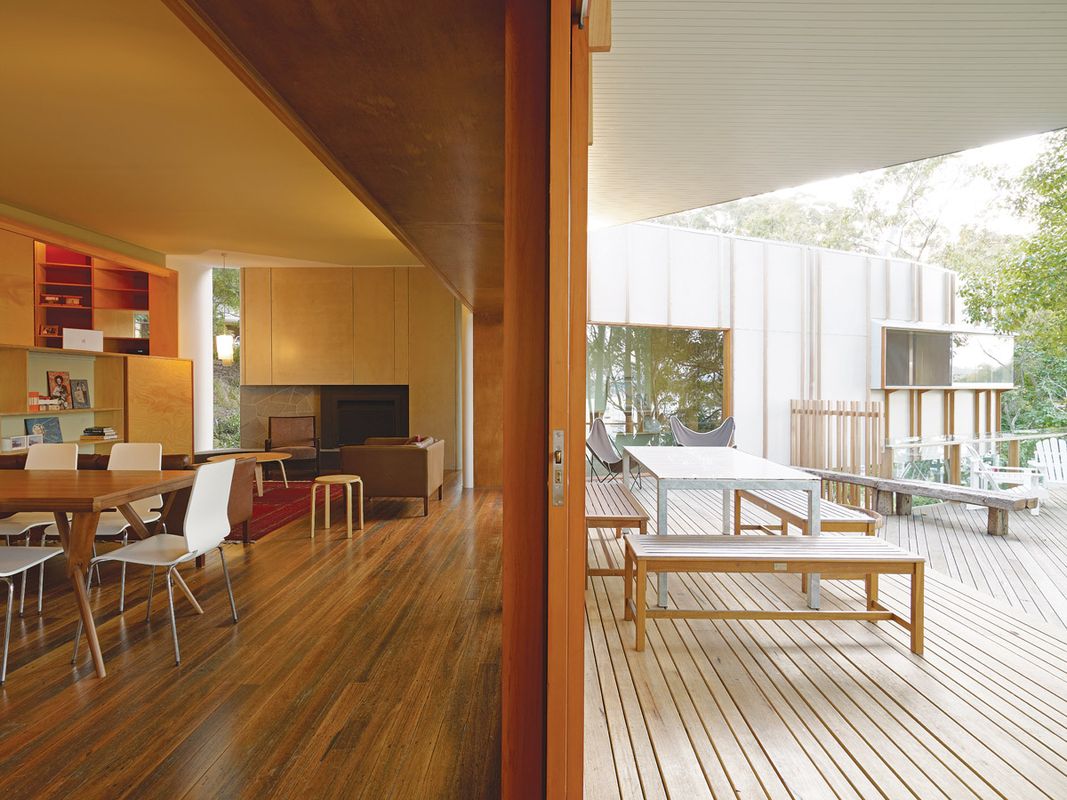With Australians often looking to make greener living choices, architects, specifiers, engineers and home owners are increasingly choosing western red cedar as a sustainable building material. Award-winning Central Coast architect David Boyle discusses the environmental credentials of western red cedar and why it is a material that should be considered by all architects around Australia.
Although we have known for quite some time that western red cedar has a zero carbon footprint and is one of the better material alternatives for the environment-conscious property owner, we have lacked the hard evidence to prove this point. To provide us with this data, the Western Red Cedar Export Association (WRCEA) commissioned Forintek to conduct a life cycle assessment (LCA) of the sustainable timber.
The study
It was important to the WRCEA that Forintek was able to quantify the environmental impacts of western red cedar and other building materials’ “cradle-to-grave” environmental impact, by analysing a range of measurables such as transportation, consumption or use, and end-of-life disposal practices. The WRCEA wanted to provide consumers with reliable environmental performance information at the conclusion of the research project, so that architects, specifiers and property owners could make decisions about the sustainability credentials of western red cedar.
Forintek, a Canadian forest products research organization, compared western red cedar to alternatives including brick, fibre cement and composite decking products (in accordance with the international standards in the ISO 14040/44 series). The final study results were presented for peer review to independent third-party organizations, to ensure Forintek complied with the relevant ISO standards.
In order to evaluate the environmental impacts of the life cycle stages of product alternatives, the life cycle was modelled as four distinct stages:
- Resource extraction and manufacturing
- Transportation to customer
- Installation and use
- End-of-life disposal
This approach helped Forintek identify where environmental contributions occur within the life cycle of each product system.
Testing the materials
For western red cedar products, the study was based on data obtained from a representative cross-section of cedar mills in British Columbia and Washington State in 2007. To test clay brick, fibre cement, vinyl siding and wood-plastic composite decking, Forintek examined publicly available secondary data. Additionally, experts from the petrochemical and wood-plastic composite fields were also consulted so that Forintek could develop a complete understanding of such materials.
The environmental impact measures which were applied consistently to each product were: total primary energy on a cumulative demand basis, global warming potential, acidification potential, aquatic eutrophication potential, ozone depletion, smog formation potential, and human respiratory effects.
The results
The results of the Forintek study for decking and cladding products are summarized below:
- Western red cedar decking substantially outperformed composite decking in each of the seven criteria tested and was by far the product with the least environmental impact when compared with both virgin and recycled wood-plastic composite decking products.
- Even after subjecting the cedar decking results to a worst-case scenario, in which western red cedar required the replacement of 20% of boards in normal service and periodic application of coatings, the environmental impact results remained strongly favourable to western red cedar over a best-case scenario for composite decking.
- Western red cedar siding had the best overall performance compared to vinyl, fibre cement and brick. It received top marks in five of seven impact criteria including “Global warming potential”.
- Total life energy of western red cedar siding can be further improved by altering end-of-life disposal practices away from the assumed practice of 100% landfill to a mix of reuse, energy recovery and landfilling. This practice, already a reality in many communities, results in cedar cladding becoming a net carbon sink. Other products tested remained greenhouse gas contributors.
Jack Draper is managing director of the Western Red Cedar Export Association.
Western red cedar is one of my favourite materials to build with. I have used the green timber in a number of properties I have worked on, most recently in the 2010 Timber Design Awards winner, the Burridge-Read residence at Brisbane Waters in New South Wales.
In Burridge-Read, western red cedar was chosen as a primary building material due to its natural resistance properties and ability to withstand the climatic conditions of the east coast of Australia. It is also a sustainable timber harvested from managed plantations, is readily available and is easy to cut and work with.
With the home owners, we chose to use western red cedar to create screens and decorative battens to the facade, as well as for the windows and door framings – a suitable exterior-quality stain was applied to preserve the natural colour and beauty of the timber. By using western red cedar at this residence, the property owners hope to minimize the home’s footprint on the environment, long after the home is built.
Western red cedar is also perfect for interiors. At Burridge-Read the timber was fixed as full-length vertical handles to joinery and doors.
I have also recommended many of my clients to use western red cedar for outdoor applications and cladding. The durability and strength of the timber means it is ideal for withstanding the harsh Australian climate we experience all year round.
For budget-conscious property owners, there is also the knotty cedar variety of western red cedar, which shares the same green credentials as its big brother, but with knots giving it a natural and distinctive signature.
The unique markings on knotty cedar are left behind by branches from the original tree. It’s these knots that give this variation of western red cedar its unique warmth. It is ideal for the same uses as its clear counterpart.
With its environmental credentials, versatility, attractiveness and ability to withstand the harsh Australian climate, western red cedar is my timber of choice.
David Boyle is an architect based on New South Wales’s Central Coast.
Source

Product News
Published online: 31 Jul 2011
Images:
Brett Boardman
Issue
Architecture Australia, January 2011
















